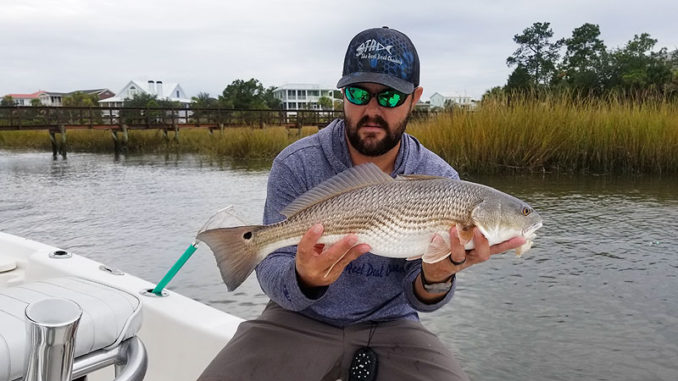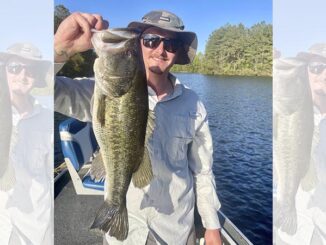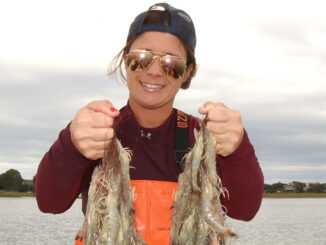
Sight-fishing to lowcountry redfish schools can make a January angler happy
“Pinfish and the other bait thieves move offshore this time of year. They can’t take the cold temperatures January brings to the inshore waters,” Flannigan said. “This means you don’t have to fight them, and that makes a big difference.”
Redfish gang up because they like safety in numbers. With so many other species gone for the winter, porpoises turn to redfish as their main forage. So these schools stay as shallow as possible to stay out of Flipper’s range.
Don’t break up the schools
“The water is clearer this time of year, and these schools are so big that anyone can spot them,” he said. “And once you locate a school, you can pick up a few fish before moving on to another school. The key here is you can’t spook and break up a school. They will get really wary then,” he said.
Flannigan (843-597-0690) likes to fish for schooling reds with either cut blue crab or soft-plastic grubs on jigheads. And to avoid spooking fish, once he sees a group of them, he casts well ahead of the lead fish. Then, he waits for the school to arrive before giving his bait or lure a twitch.
“Don’t cast a foot in front of them or even 2 or 3 feet in front of them. I’ll cast 10 feet or more ahead of the school and wait on them to get there,” he said.
Hooking and battling a fish caught from the front of the school almost never results in the school breaking up. Flannigan uses his trolling motor to run parallel to the fish as he gets ahead of them again, keeping his boat well away from them.
“You always want to stay a strong cast away from the schools,” Flannigan said. “And after you catch two or three from one school — or if you’ve accidentally spooked the school — it’s a good idea to look for another school to fish for a while. You can always come back to the first one after giving them some time to calm back down.”
Click here for more inshore fishing articles.




